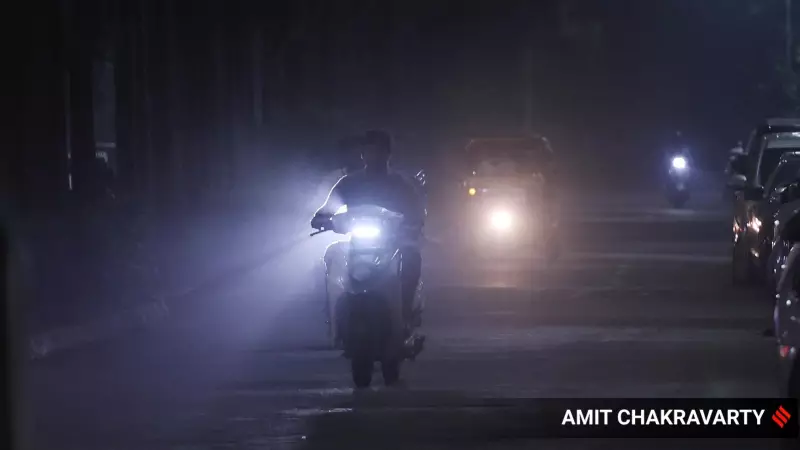
Mumbai's iconic skyline disappeared behind a thick blanket of haze on Tuesday as the city's air quality took a dangerous plunge into the 'Poor' category. The alarming deterioration has left residents concerned and health experts warning of serious consequences.
Current Air Quality Status
According to the latest data from the System of Air Quality and Weather Forecasting and Research (SAFAR), Mumbai's overall Air Quality Index (AQI) registered at 218, firmly placing it in the 'Poor' category. The situation varies across different parts of the city, with some areas experiencing even more severe conditions.
Regional Variations Reveal Troubling Patterns
The pollution levels show significant disparity across Mumbai's neighborhoods:
- Mazgaon recorded the highest pollution levels with an AQI of 241
- Bandra followed closely at 234
- Borivali and Worli showed moderate improvement but remained concerning
- Colaba reported the 'best' air quality at 159, though still in the 'Moderate' category
What's Causing Mumbai's Pollution Crisis?
Meteorological conditions are playing a crucial role in the current air quality crisis. The combination of high humidity levels and calm wind conditions has created a perfect storm for pollutant accumulation. The stagnant air is preventing the dispersal of harmful particles, allowing them to concentrate in the atmosphere.
Health Implications You Need to Know
When AQI enters the 'Poor' category between 201 and 300, health experts issue serious warnings. Prolonged exposure can lead to:
- Respiratory discomfort even in healthy individuals
- Aggravated symptoms for people with lung and heart diseases
- Increased risk of asthma attacks and bronchitis
- Eye irritation and throat infections
Comparative Analysis: Mumbai vs Other Cities
The air quality crisis isn't limited to Mumbai alone. Neighboring cities are facing similar challenges, though Mumbai's coastal location typically provides some advantage in dispersing pollutants. The current situation highlights how meteorological factors can override geographical benefits.
Protective Measures for Residents
Health authorities recommend several precautions during such pollution episodes:
- Avoid prolonged outdoor activities, especially during peak pollution hours
- Wear N95 masks when venturing outside
- Keep windows closed during high-pollution periods
- Use air purifiers indoors, particularly for vulnerable groups
- Stay hydrated and monitor any respiratory symptoms
The current situation serves as a stark reminder of the growing urban pollution challenges facing India's financial capital. As meteorological conditions are expected to gradually improve, environmental agencies continue to monitor the situation closely and advise caution until air quality returns to safer levels.





